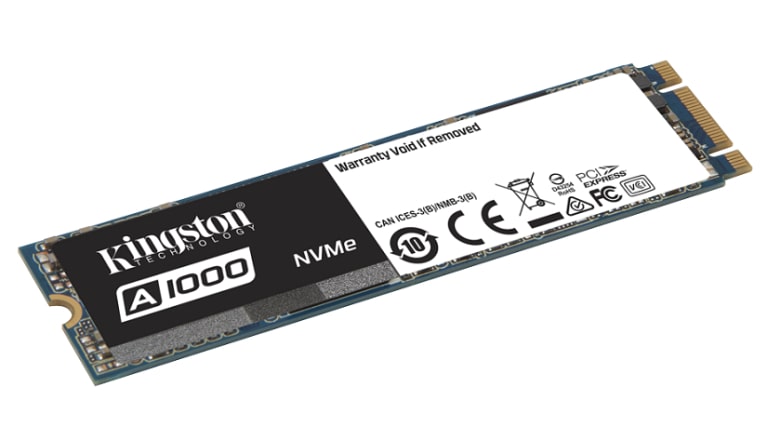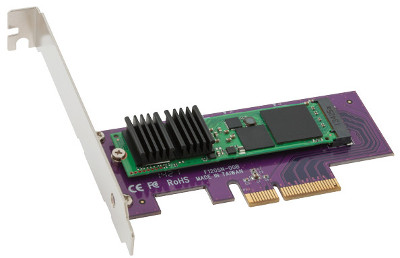Meaning & Difference Between NVMe and PCIe SSDs Explained.
NVMe vs PCIe: You may have seen both the term “NVMe and PCIe” together while choosing or looking for SSD storage. However, few people may understand what NVMe is and why always PCIe is written with NVMe, so the question arises, are they the same or different thing.
Such disk drives can be confusing, especially when many technical terms are used. If a person has no previous storage expertise, it’s almost impossible to understand the difference between PCIe and NVMe SSDs.
So, this time, I will explain what NVMe is like, and at the same time, I will introduce the difference between PCIe and NVMe that you often see both of these togetherly.
NVMe vs PCIe
NVMe – What is it?
NVMe stands for “Non-Volatile Memory Express”. A communication protocol optimized for SSD (flash storage device). It (NVMe) is a specification for accessing flash storage based on the PCI Express (PCIe) computer expansion card interface.

NVMe makes it possible for the host system to talk directly to flash storage over a PCIe link with the goal of improving performance, scalability, and latency at high level.
Since the queue for command processing speed is increased, it is characterized by a significant speedup used for servers that simultaneously process many disk I/O (Input & Output) (data read/write operations) at once.
In addition to applications such as servers, communication systems, hardcore gaming. NVMe is increasingly being used in artificial intelligence (AI), which requires faster data processing and storage for machine learning.
NVMe, based on the next-generation PCIe, offers excellent performance results compared to other storage interfaces like SATA or SAS. For example, NVMe storage devices can reach performance and bandwidth speeds of over 4GB/s.
PCIe – Means a Connection
PCIe is a name that refers to the connection standard for expansion buses and expansion slots, similar to SATA. It is an abbreviation for “Peripheral Component Interconnect-Express” and is widely used not only as an SSD but also as a memory connection method.

PCIe is a computer expansion card interface used to attach hardware devices to a computer. It is used in both digital computer and server computers to attach peripheral devices such as a sound or video card.
PCIe can also be seen in the form of M.2 Slot on the motherboard to connect multiple peripheral devices such as graphics cards together in a workstation configuration.
The SSD connection standard for which NVMe is used as the communication protocol is PCIe connection. It is often introduced as “SSD with PCIe 3.0 x NVMe connection”, so knowing this name will be useful when you want to choose SSD with a focus on data processing speed.
So, Difference Between NVMe and PCIe here is:
The NVMe is a communication protocol with NAND flash designed to use as a solid-state storage drive type, while PCIe is built for connecting components and expansion cards like video cards, including SSDs like NVMe, using serial connections to a motherboard. That’s why PCIe is always mentioned after NVMe to indicate the NVMe is built to connect on PCIe connection.
But, Why NVMe is always with PCIe connection
Because NVMe protocol makes use of the system’s PCI-Express rails, which offers not only ample bandwidth that allows blazing speeds, many times higher than with SATA interfaces but also access times are greatly reduced.
Moreover, it allows you to access the system RAM directly and therefore has a much faster link with the processor; in addition, the possibilities to grow and scale are vast.
The data and file transfer speed varies slightly depending on the generation of the standard (Gen), but depending on the product, it is possible to achieve a rate of 4000MB/s. In the case of an SSD that adopts the conventional SATA connection, the theoretical transfer speed is about 600MB/s, which is about seven times slower.
The great advantage of using the PCI-Express interface is that, unlike other interfaces, it is ideal for copying data as quickly as possible to said memory, which combined with the enormous transfer speed of this type of memory, gives the system the ability to have a storage capacity with which the CPU can work directly, almost infinitely.
All you need is a memory space in RAM where requests are copied to the NVMe SSD to speed up data access. This is crucial, for example, for applications that move large files, such as texture atlases in 3D rendering or large-capacity video editing files. This makes SSD types reliable than HDD.
This ends the article on the “NVMe vs PCIe” difference between NVMe and PCIe. You can leave a comment if you have any suggestions or something to add. Remember that you can share it on social networks so that it can help more users who need it.
